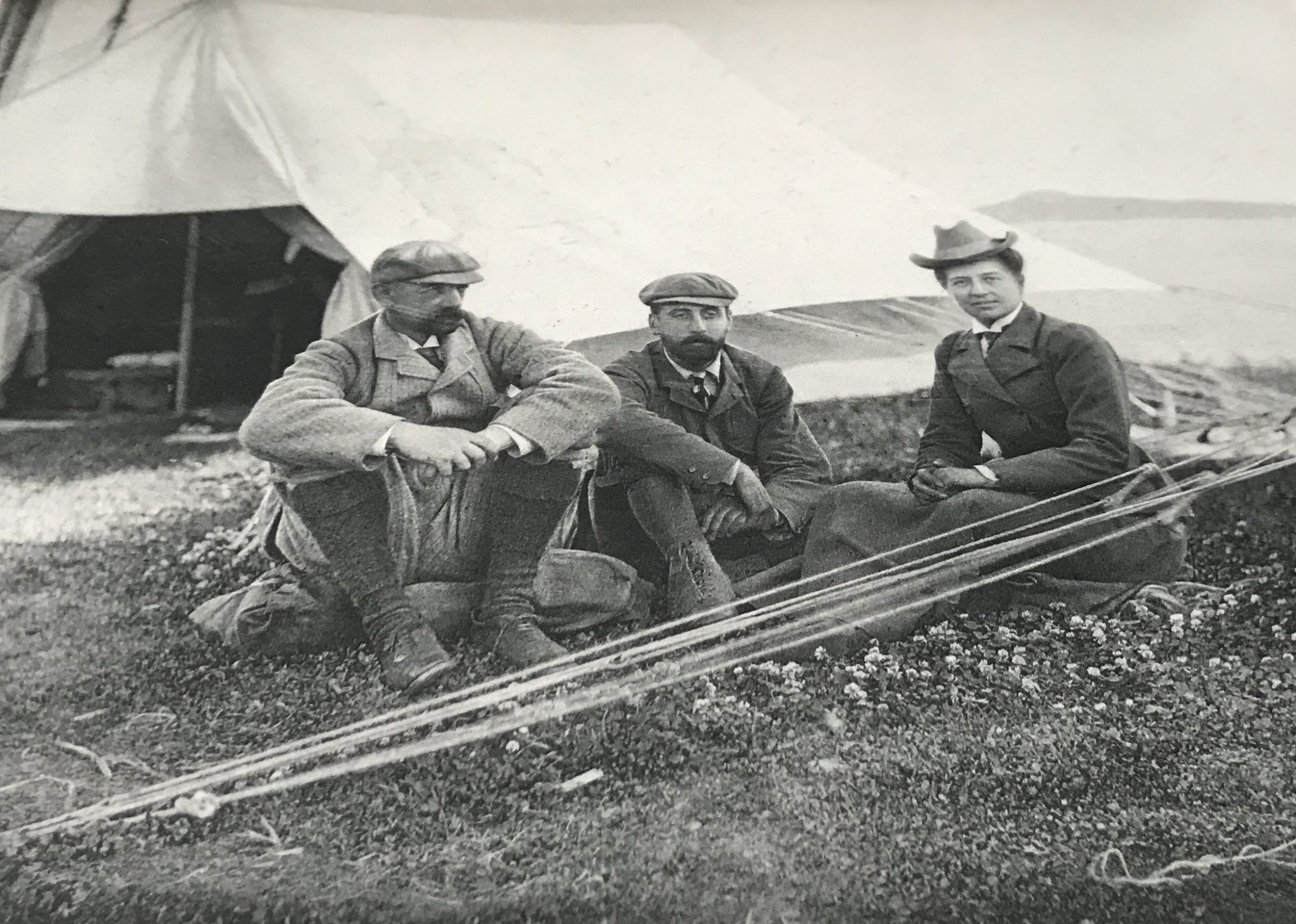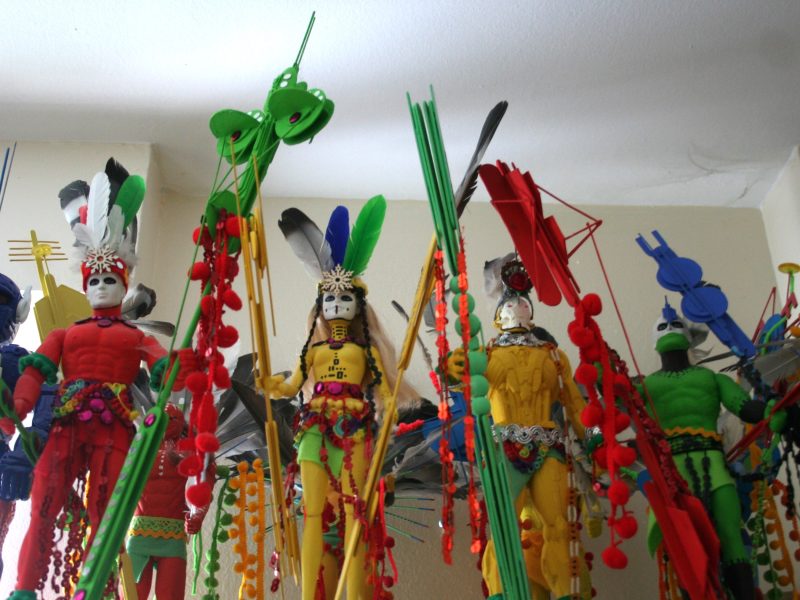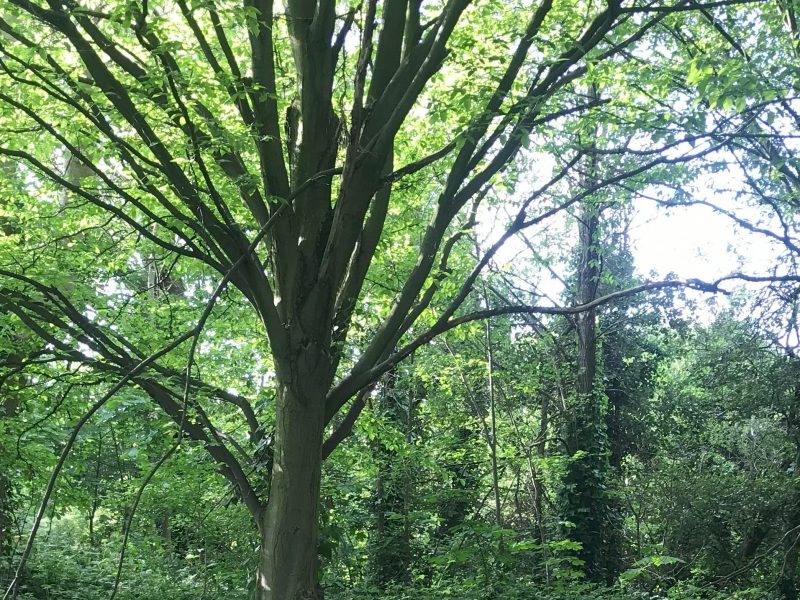By Martin Sheppard
If you have ever visited Primrose Hill Studios, off Fitzroy Road, you will have seen the dazzling list of past residents on the board. They include famous artists, musicians and writers, including JW Waterhouse, Arthur Rackham, Sir Henry Wood and Patrick Leigh Fermor. One name, however, stands out as both exotic and untypical. This is ‘HIH Prince Demidoff, Naturalist, Big Game Hunter and Diplomat, 1868−1941’.
Who then was this Prince and what was he doing in Primrose Hill? The first question is easier to answer than the second. He was His Imperial Highness Elim Pavlovitch Demidoff, third Prince of San Donato, 1868−1943 (the date of his death on the Primrose Hill Studios board is incorrect).
RICH BEYOND CALCULATION
The Demidoffs’ vast wealth was built in the eighteenth century on mining in the Urals. They became the leading producers of iron and steel in Russia, and a major supplier of armaments for its army. They also owned gold, silver and copper mines. Elim Demidoff’s grandfather, who raised a regiment to fight against Napoleon at Borodino, was said to be the richest man in Russia after the Tsar. In 1895 Elim Demidoff was mentioned as a candidate to be the richest man in world: ‘the wealth of Elim Demidoff is beyond calculation’.
Demidoff was a professional diplomat, serving for six years in the Russian Embassy in London (1894−1900), then in Madrid, Copenhagen, Vienna and Paris. Unusually for a Russian aristocrat, he was an Old Etonian. An Anglophile, fluent in many languages, he was also an all-round sportsman, taking castles in Scotland for the fishing and deer-stalking in the summer, and hunting foxes in Leicestershire in the winter. While living in England, he and his wife, Countess Sophia Vorontsova-Dashkova, moved in the highest social circles, and were guests at Windsor Castle. His wife was painted by John Singer Sargent in 1896.
Demidoff’s two titles, other than diplomat, were not seen at the time as mutually exclusive. Big game hunters thought that they were naturalists. Their trophies became scientific subjects for measurement and for display in taxidermic collections. The Smithsonian Museum in Washington contains 590,000 preserved specimens of mammals, a figure matched by the holdings of the Natural History Museum in London. Hunters saw no contradiction between their interest in wild animals, especially rare and dangerous ones, and killing them. Probably the most famous big game hunter was President Theodore (‘Teddy’) Roosevelt. He went on a prolonged hunting trip to Africa immediately after leaving office in 1909.
While Demidoff was in London as a diplomat, he lived in Clarges Street in Mayfair. He published his own exotic hunting activities in three books in English, Hunting Trips in the Caucasus (1898), After Wild Sheep in the Altai and Mongolia (1900) and A Shooting Trip to Kamchatka (1904). Reviews of his books were mixed even then. Although the Pall Mall Gazette considered Hunting Trips in the Caucasus ‘one of the most interesting books of sport and travel which we have come across for a long time’, the Daily Telegraph noted that ‘There is good deal of unpleasant monotony about all records of shooting achievements, the details of which are often calculated to awaken sympathy with the slain rather than admiration of the slayers.’
THE PRIMROSE HILL YEARS
From 1909 to 1920 Demidoff was the tenant of No 6, Primrose Hill Studios, where John Waterhouse had painted many of his greatest works. The reasons for Demidoff’s connection with Primrose Hill Studios are unclear, as he is not known to have been an amateur artist, though the attraction must have been the artistic reputation of the studios. He may also of course have been attracted by proximity to the Zoo, where living animals of species he had killed were to be seen. As his tenancy was at a time when Demidoff was not based in London, he probably used Studio 6 mainly as a convenient pied-à-terre on his visits to England.
Whether or not he himself was a painter, Demidoff came from a family of major art collectors, going back to his great grandfather. After the defeat of Napoleon in 1815, the family based themselves in France and then in Italy. They combined a life of excess with philanthropy, and with the collection and commissioning of art. Elim Demidoff’s uncle, Anatoly, who had married Mathilde, the daughter of Jerome Bonaparte and Napoleon I’s niece, built an enormous art collection, including works by Vermeer and Velasquez but specialising in painting by leading Romantic artists. It was housed in a specially constructed palace at San Donato, outside Florence. He was made Prince of San Donato by the Grand Duke of Tuscany, a title recognised in Russia by Tsar Alexander II. Elim’s father, Prince Pavel Demidoff, continued the tradition of philanthropy and art collection, giving the funds to complete the façade of Florence Cathedral, on which the family arms can be seen.
Elim Demidoff’s final diplomatic posting was to Athens, as the Russian Empire’s last Ambassador to Greece. He and his wife, who had no children, continued to live in Athens after the Russian Revolution and the confiscation of his Russian wealth.




